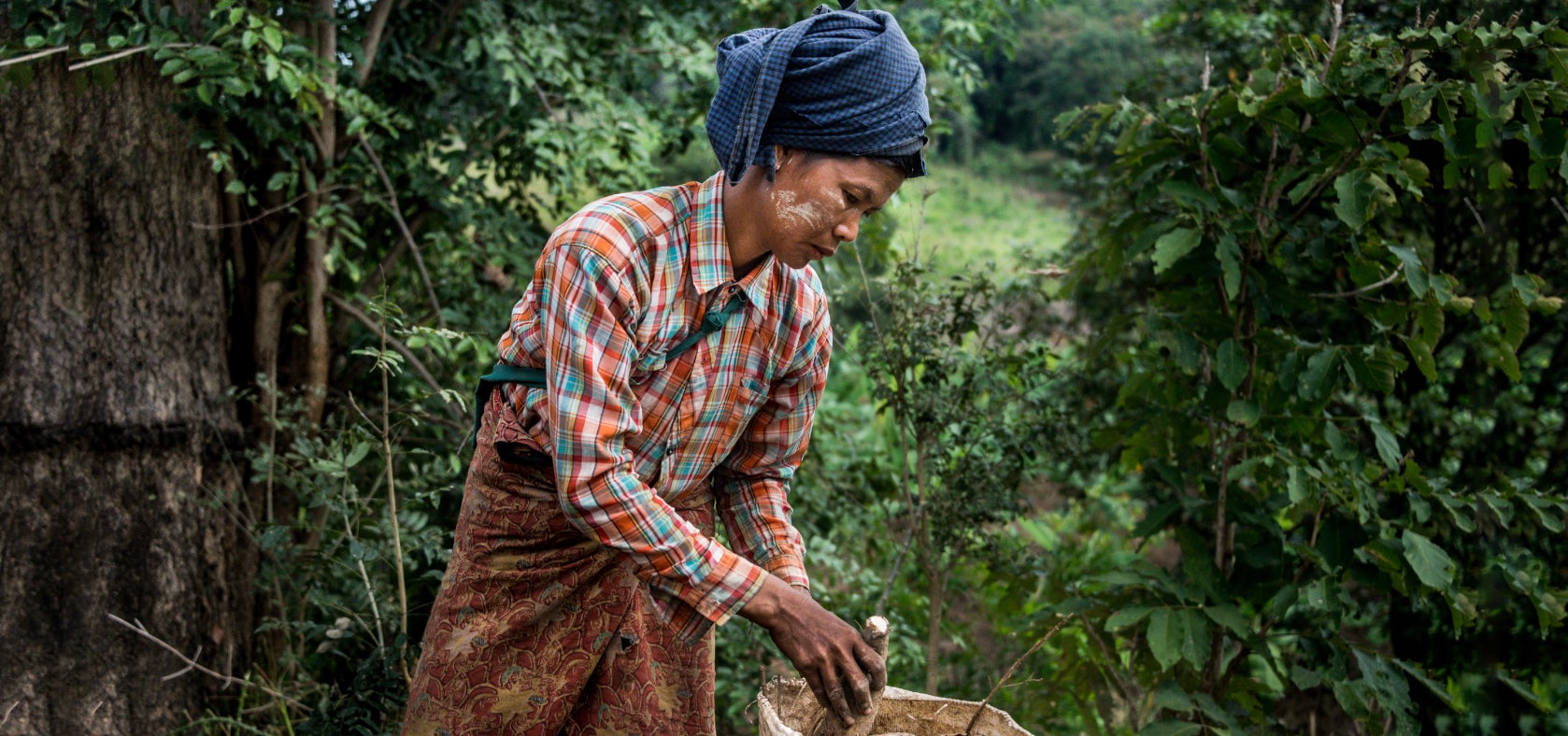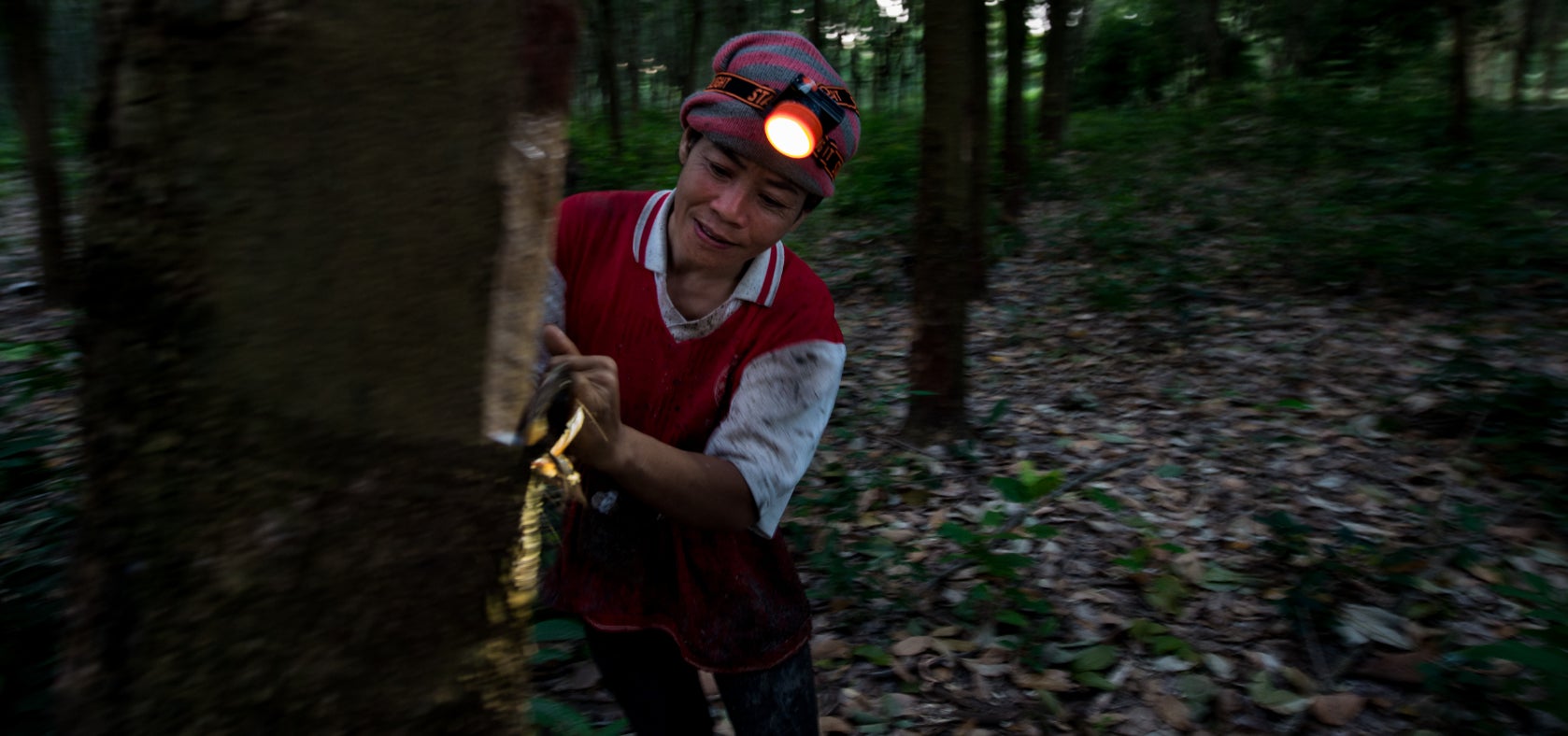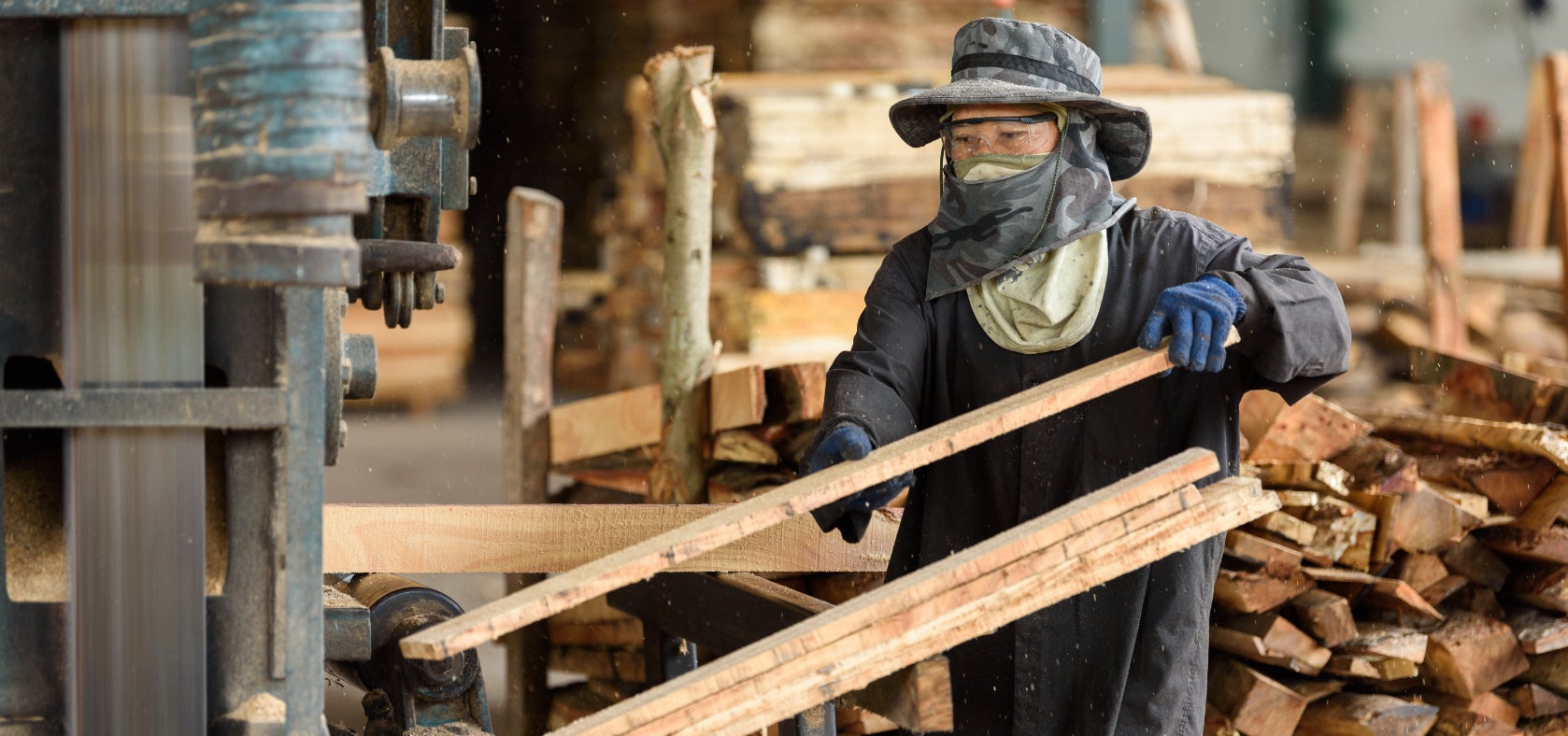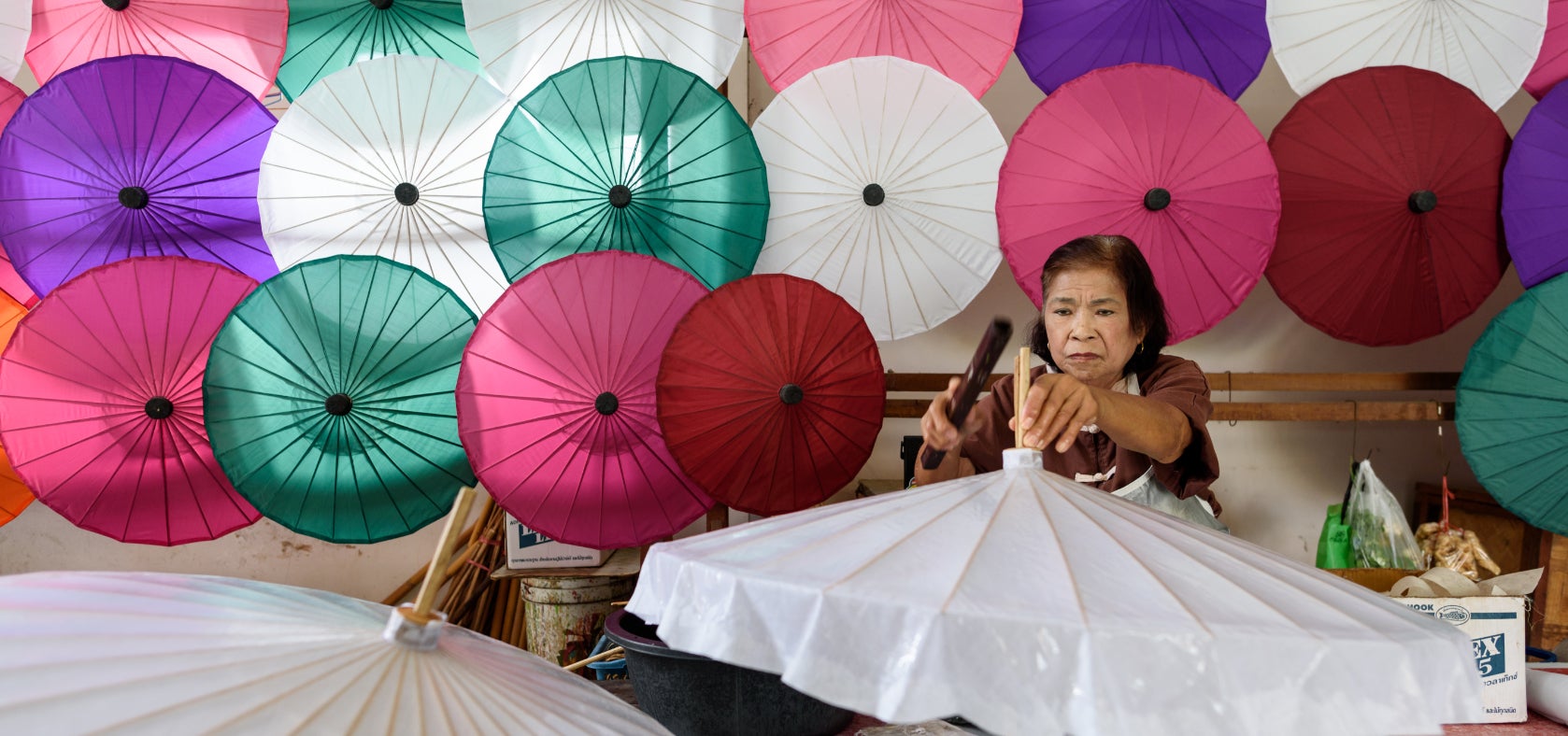Women on the move: FAQs on migration and gender
Date:

Explore UN Women's FAQs on how gender affects migration experiences. Learn about the unique challenges that migrant women and girls face and how these differ to those men experience, from limited access to information and services to risks like trafficking, exploitation and violence.
What is the difference between migrants, refugees, and asylum seekers?
A migrant is someone who has moved or is moving from their usual place of residence, often to improve their lives through work opportunities, education, family reunification or other reasons. While there is no legal definition, the term migrant typically refers to someone who chooses to move from their usual place of residence. A refugee, however, is someone who has fled persecution, violence, or conflict and cannot safely return home. Refugees are protected under international law under the 1951 Refugee Convention. An asylum seeker is a person who has left their country and is seeking protection from persecution and serious human rights violations in another country, but who hasn’t yet been legally recognized as a refugee and is waiting to receive a decision on their asylum claim. While not every asylum seeker may be legally recognized as a refugee, every refugee is initially an asylum seeker.

Why do women and girls choose to leave their countries of origin?
Women and girls migrate for many different reasons, including economic opportunities, education, family reunification, and to escape gender-based violence or other harmful practices such as female genital mutilation and child marriage. Discrimination and gender inequalities such as limited access to decent jobs, resources or legal protections, often influence women’s decisions to migrate. Conflicts and climate crises disproportionately affect women, leading many to migrate in search of safety and security.
How does gender influence the migration experience?
Gender impacts every stage of migration. Many women and girls often face gender-based discrimination at all stages of migration, as laws and policies frequently reinforce existing gender inequalities in countries of origin, transit, and destination. Gender shapes every aspect of migration—motivations for leaving, access to information, their journeys (especially for those women travelling along dangerous and irregular routes over land or sea), and integration into new communities. Gender also influences the types of jobs migrant women pursue and the challenges they encounter.
Discrimination can occur due to various factors such as race, ethnicity, nationality, language, or religion. When these aspects intersect with gender, the effects of discrimination can be more pronounced and complex. To effectively address these layered inequalities, it is essential to implement laws and policies that respond to the gender-specific needs, challenges and risks migrant women face. These laws and policies should recognize and cater to the needs of all individuals by promoting gender equality and women’s empowerment.

What challenges do women and girls face when migrating and how are these different from those faced by men?
Women and girls make up roughly half of all international migrants. Women also represent around half of all migrant workers sending money back home (remittance senders). Women may migrate to improve their livelihoods and economic prospects, among other reasons. For many, migration enhances their autonomy, agency and independence by offering opportunities for a better life. However, migration also can expose women and girls to serious risks such as exploitation, trafficking in persons, forced labour, and gender-based violence. These risks are particularly pronounced for migrant women and girls who travel without documentation, such as passports or visas, and those forced to take dangerous routes, often relying on people smugglers who may exploit or abuse them.
When it comes to employment prospects, inequalities in labour markets and society leave many migrant women with limited access to information, jobs, resources, and decision-making power compared to men. Millions of women and girls around the world still face significant barriers to accessing education and lifelong learning opportunities. This limitation restricts their options to acquire the skills and knowledge needed for many job opportunities at home and abroad. This situation is especially true for the poorest and most marginalized women and girls, who often lack access to reliable information on safe and regular migration.
What are the risks of gender-based violence for migrant women and girls?
One in three women worldwide has experienced sexual violence or violence committed by intimate partners at least once in their lifetime. For migrant women and girls, the risks of gender-based violence throughout their migration journeys are alarmingly high, yet data on the issue remains insufficient. There is a striking scarcity of data and information on the exploitation, abuse and violence faced by women migrant workers, especially those employed in lower-skilled sectors. Additionally, many migrant women—especially those who are undocumented or in an irregular situation—do not report exploitation and abuse to the authorities for fear of arrest of deportation.
Along certain migration routes, violence is a constant threat, and many women encounter it repeatedly throughout their journeys, often at the hands of traffickers, smugglers, criminal gangs, corrupt officials, and even other migrants. The violence that migrant women encounter is rooted in a lack of safe migration pathways, multiple forms of discrimination, and structural inequalities. These risks are made worse by inadequate access to information and services, as well as language barriers. Rising poverty and the inability to gain access to decent work has also led some migrant women to accept risky economic opportunities, leaving them more exposed to violence, abuse and exploitation.
How do migrant women contribute to countries of destination?
Migrant women make significant contributions at all stages of migration and in their countries of destination despite persistent challenges, like high rates of discrimination and racism. Migrant women fill vital labour gaps, enhance cultural diversity and foster social cohesion. The entrepreneurial activities of migrant women stimulate local economies, while their involvement in education and community initiatives strengthens civic engagement. Migrant women often serve as cultural bridges, promoting mutual understanding and tolerance in increasingly diverse societies. In healthcare and care sectors, migrant women play critical roles in addressing ageing populations and labour shortages in many countries around the world.
What types of jobs do migrant women fill?
Migrant women can fill the same jobs as migrant men, but entrenched gender inequalities, discrimination, and labour market segregation often confine them to informal, precarious jobs that align with traditional gender roles. Additionally, a lack of recognition of their qualifications can further restrict migrant women’s opportunities abroad. Women are estimated to make up 41 per cent of the 169 million migrant workers globally. Around 13 per cent of migrant women work in domestic roles, with a staggering 81 per cent in informal employment, lacking social or labour protections. Many migrant women end up in the informal economy, including domestic and care work, where labour protections are minimal or non-existent, increasing their risks of violence, discrimination, and labour exploitation.

How does migration impact women’s access to services?
Legal obstacles, language barriers, discrimination, and financial constraints often limit migrant women’s access to essential services, such as health care, housing, and education. For women migrant domestic workers access to these services is further hindered by isolation and informal employment. Sexual and reproductive health services—like family planning, prenatal care, and sexual health education—are a fundamental right for migrant women and girls but their access is frequently restricted by legal or social barriers, which can result in life threatening complications or even death. Transgender, gender diverse, undocumented migrants, and those with irregular migration status face even greater challenges and are often deterred from seeking help due to fears of discrimination, detention, and those with irregular migration status face even greater challenges and are often deterred from seeking help due to fears of discrimination, detention, and deportation.
How do migration policies impact women differently than men?
Migration policies often fail to consider the specific needs, challenges and situations of vulnerability experienced by women, which fuels gender inequalities. Safe and regular migration options remain out of reach for many women, with gender-based discrimination determining who, where, and how people migrate. This leads many women to turn to unsafe and irregular migration routes, increasing their risks of trafficking, violence, and exploitation. The lack of gender data on the experiences of migrant women exacerbates these issues, leaving their needs overlooked in policymaking. Gender-responsive migration policies, like those outlined in the Global Compact for Safe, Orderly and Regular Migration, focus on empowering women through safe and regular pathways, legal protections, and inclusive decision-making. By addressing systemic barriers, these policies boost gender equality and enhance women’s autonomy and opportunities.

What can be done to better protect migrant women?
Migration policies must be inclusive and gender-responsive, specifically by addressing the needs and realities of women, including the fact they disproportionately shoulder caregiving responsibilities. Governments must review and revise existing policies and legislation to expand options for regular migration that uphold the principles of equality and non-discrimination while also enhancing anti-trafficking laws.
It is crucial to strengthen labour protections for migrant women across all sectors but especially informal ones, such as care and domestic work, to reduce exploitation, gender-based violence and discrimination. Women must have access to accurate and gender-responsive information that enables them to make informed choices about migration, including the risks and challenges of doing so. Establishing or expanding services for migrants by offering language training, skills building, and counselling, can strengthen migrant women’s integration in countries of destination and on their return. For migrant women who are survivors of violence, free and safe access to shelters, health services and trauma-informed counselling is critical to support their rehabilitation.